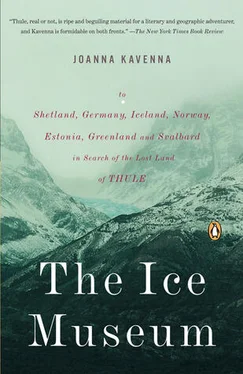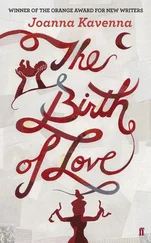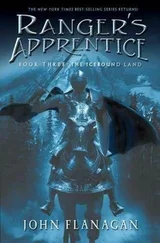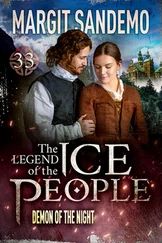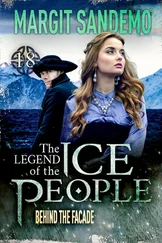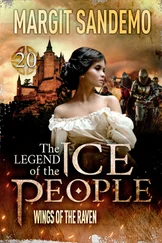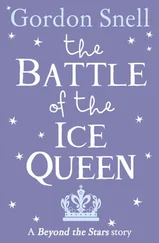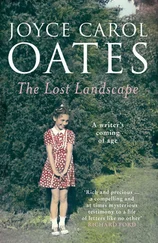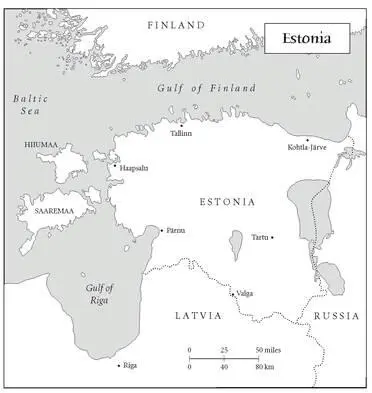
RANDOM ROCK
AND THE STAIN OF THE RAIN,
SMELL OF BRACKEN,
THE WINDY MOOR
AND THE WILD CLOUD,
AND RISING BLURRED
IN THE SHOWERY GRAY
A NAMELESS MOUND
OF THE PERISHED PEOPLE
WHO BUILT NOTHING . . .
CONTENT I SAVOUR
MY NORTHERN EARTH
TILL MEMORY’S SHUTTLE
DARTS ACROSS IT
A FAR PICTURE
“THULE,” LAURENCE BINYON (1869-1943)
In the old controversy of Thule, there was another strain. There was a renegade group that thought Pytheas had never gone towards the ice seas and the Arctic mountains, but had instead sailed to the east, along the Baltic coast. He had never supped with the Sámi; he had never watched the Arctic sun descend across the glaciers. He had never sailed into the western fjords, marvelling at the rocks. He had never been to the Arctic at all. Instead, he had sailed towards Russia, finding lands that were later Lithuania, Latvia and Estonia. It wasn’t a popular theory. Burton and Nansen had never lined up to endorse it. It dragged Thule away from the frozen Arctic and landed it at the Gulf of Finland. I didn’t really believe this idea at all, but I knew there was a president who had recently lined up to defend it. He had a vested interest in Thule’s having been somewhere in the Baltic—he was Lennart Meri, the first post-independence president of Estonia after the collapse of the Soviet Union. Meri’s Thule was a piece of post-war restoration.
In the years of Communist control, Meri had written books about northern places. He had read through the ancients and devised his own theory of Thule. His theory was about the history of Estonia, and the history of the German tribes, but he had changed the meaning of the myth altogether. He had written about Thule in a desperate land, in a country that had been bombed, invaded by the Germans and the Russians during World War Two, occupied by the Soviet Union until 1991. For Meri, the old idea of a pure northern place was something to hold on to, as the Estonians watched the Russians polluting their land with military camps and nuclear sites. He had said that Thule might not have been a place at all. It might have been an event; the word Thule might have represented a meteorite that crashed into Estonian soil, hundreds of years before Pytheas arrived in the region, and caused a raging fire that burned the forests. In Estonian tuli means “fire,” and Meri thought it might have meant the violent flames from the meteorite, a conflagration so horrifying that the locals were still talking about the event when Pytheas arrived.
I had a few ideas about how to meet Lennart Meri, who was no longer president of Estonia. He had served the maximum two terms and had then stepped down. I’d been making calls from Norway, calling friends of friends, and finally alighted on a pair who claimed they knew Meri. With a few addresses in my pocket, I landed into Tallinn’s mist-clad airport.
The taxi ride passed through the Soviet layers of the town, the dull concrete towers, the seething main roads, with the buses lined up at the lights. Under a slate sky Tallinn old town rose from a small hill, hemmed in by Soviet blocks, stacked in rows at the disintegrating outskirts. Chimneys disgorged swirls of black smoke into the whiteness of the sky. Leaving the taxi, I walked across tram tracks and along the road into the old town. The old centre of Tallinn is a piece of salvaged Hansa, which somehow survived through centuries of power struggles and the violence of World War Two. The cobbled streets were packed with tourists, staring up at the stern-fronted merchant houses, multi-storey mansions, recently sliced into flats by incoming opportunists, foreigners who were buying houses in bulk, or locals who had managed to profit from the transition. Large towers squatted at the edges of the old town, their gates flung open. I walked along a wide street, past a French restaurant flying the tricolour, where some of the buildings were newly painted and others retained an antique shabbiness. The main square had a chiming clock, haunting the cold evening with a medieval resonance. There were ruined patches of land beyond the square, a row of buildings bombed during the war, never reconstructed. The land had been sold.
The Soviet occupation of Estonia came out of World War Two. At the end of the war, the armies of the Soviet Union moved across the Baltic States, leering across the Gulf of Finland. The Estonians thought they had been betrayed. They had watched through World War Two, as the Germans and the Russians sparred over their lands; they had been drawn into the fighting. Stalin wanted the Baltic States after World War Two, and neither Churchill nor Roosevelt did much to stop him. For nearly fifty years, the countries along the Baltic coast sank into Soviet grey; the people kept within the confines of the Communist Empire, though a few thousand escaped to Sweden. Fifty years later, when the Soviet Union collapsed, the soldiers went back to Russia, but they left debris scattered across the country—hidden military bases, nuclear submarine training centres, the decaying vestiges of collective farms. They left the shabby medieval streets of Tallinn, semi-decayed rows of Hanseatic mansions, alleys covered in ferocious graffiti, wizened gardens of dying plants. They left a nation nervously enjoying its independence, looking over its shoulder at the eastern border, wondering how long the peace would last.
In the tourist idyll of the old town, the shops sold Estonian knits and amber beads. I walked past the tourist bars and the crowded patisseries, where old Estonians waited at tables for coffee and cream cakes. I passed up a series of cloistered passageways to Toompea, the second tier of the old town, at the top of a low hill. The Orthodox domes of the Alexander Nevsky Cathedral, a remnant of Russian control in the region, were surrounded by touts. As I walked along, a young Russian approached me and offered to take a photograph of me in front of the cathedral. When I shook my head, his face fell and he moved quickly away. A series of winding streets led towards the edge of the hill, where I stood on a viewing platform, looking out at the industrial sprawl of the harbour, the long dull rows of cheap housing, the intertwined railway tracks. A man was selling CDs of his own music—a tall lumbering man with a blond ponytail and a donkey jacket, talking in fast clipped English to tourists who moved steadily away from him, trying to look at the view. An Estonian TV station was filming, the presenter broadcasting with the city as a backdrop, talking loudly to the camera. Graffiti had been splashed across some of the darker passages in Toompea, in the areas away from the Parliament buildings. Yet the renovation was happening fast, the place was full of newly painted apartment blocks, and the old town looked as though its last rough edges, its few remaining shady corners, would soon be gentrified.
In Tallinn old town prices were so high that ordinary Estonians went out to the cheaper places beyond the city walls, to the shabby supermarkets with their semi-empty rows, to the cramped cafés smelling of mould. The old town was a bizarre playground for visitors and affluent locals, its architecture preserved because the Soviets never redeveloped the ageing Hanseatic squares. The buildings fell into squalor, but they survived, saved from reconstruction in Stalinist toilet tile. The cafés were opulent, full of young Estonians who had found a fast-track in the new system. In the renovated mansions they ate international cuisine and talked about the future. At an old town restaurant called the Bonaparte, they were flying the tricolour and serving fine French cuisine. The restaurant was in an imposing Hanseatic building which had been restored in recent years. A well-dressed crowd was reading papers, smoking and buying croissants to take home. There was a low hum of conversation.
Читать дальше
